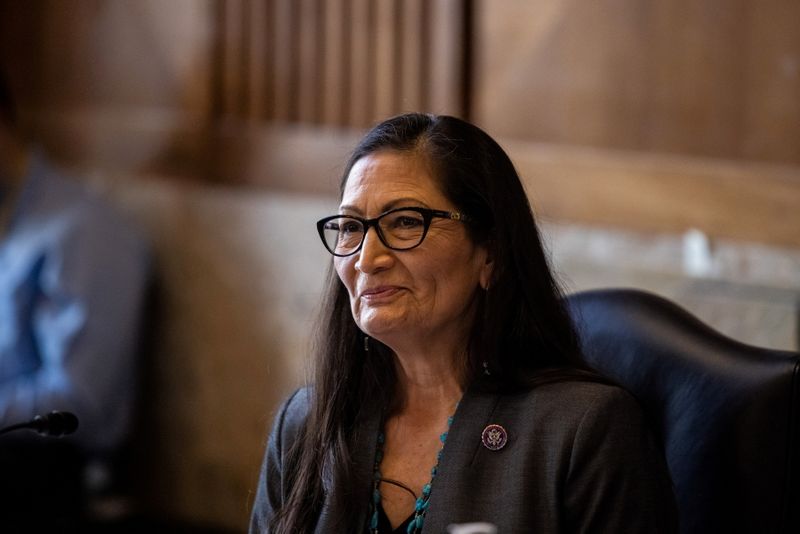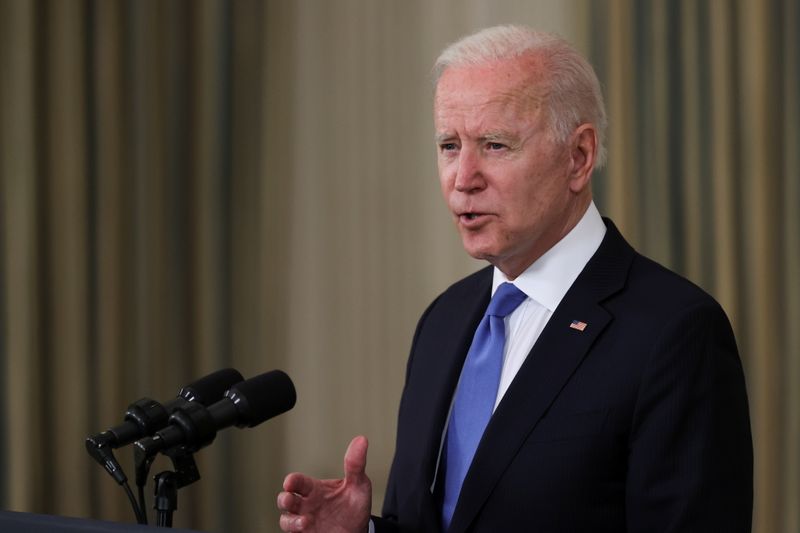(Fixes typographical error in first paragraph to make it “designate” instead of “designating”)
WASHINGTON (Reuters) – Biden administration officials on Thursday took their first step toward carrying out the president’s campaign pledge to conserve 30% of U.S. land and water over the next decade, outlining six categories for how land and water should be used.
The report by Interior Secretary Deb Haaland, Agriculture Secretary Tom Vilsack, Commerce Secretary Gina Raimondo, and White House Council on Environmental Quality Chair Brenda Mallory calls on the administration to back locally-led conservation projects across the country with investments and focused policies.
“The President’s challenge is a call to action to support locally led conservation and restoration efforts of all kinds and all over America, wherever communities wish to safeguard the lands and waters they know and love,” the officials wrote in a report to Biden’s National Climate Taskforce.
In one of his first executive orders, President Joe Biden set a goal to protect 30% of land and water to safeguard sensitive lands and wildlife from extraction and development by 2030 and directed cabinet members to draft recommendations for carrying this out after his first 100 days in office.
The report does not offer specifics about which areas could be set aside for conservation or whether they would be protected from productive use or resource extraction.
It outlines six priority areas of focus for the government for land that could ultimately get federal protection or investment.
This includes: creating more parks and green space in “nature-deprived communities,” outdoor recreation access, preserving fish and wildlife habitats and corridors, incentivizing voluntary conservation efforts of fishers, ranchers, farmers, and forest owners, supporting tribally-led conservation efforts and investing in resilience and restoration projects, including a Civilian Climate Corps.
The report also calls for a new interagency working group to develop a conservation “atlas,” which would establish a baseline of information on lands and waters that have already been conserved or restored to be able to track progress toward the 2030 goal.
Republican lawmakers oppose the so-called 30×30 goal. At an event this week, Republicans on the House natural resources committee said they were concerned that the government could designate strict protections on some land that remained “productive.”
(Reporting by Valerie Volcovici; Editing by Chizu Nomiyama)























